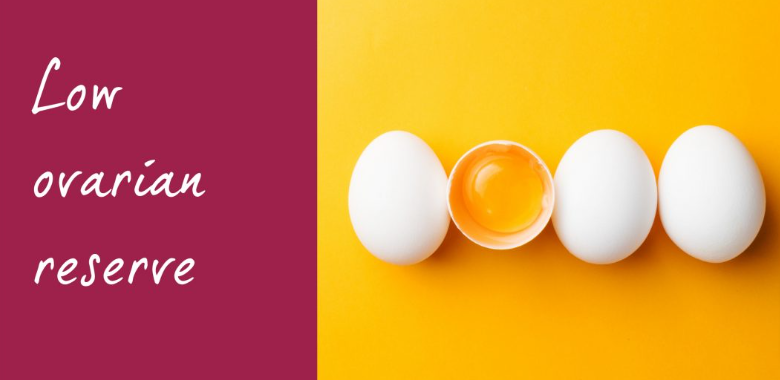Saiprasad Gundeti, Chief Embryologist, Malpani Infertility Clinic Pvt. Ltd.
An embryo must break out or 'hatch' from its outer layer, known as the 'zona pellucida,' in order to attach to the uterine lining and implant in the uterus.
What exactly is Laser Assisted Hatching?
Prior to embryo transfer, a short laser beam is fired on the zona pellucida (Shell) of the embryo under a microscope to produce a tiny opening that allows the embryo to hatch. This increase the chances of Embryo Implantation.
When should Laser assisted Hatching be used?
1) Advanced Maternal Age (>37 years)
2) Patients with Several IVF Failures.
3) Embryos with thick shell (Zona Pellucida)
How is laser hatch done on Day 3 Embryos ?
Laser assisted hatching is usually done on day 3 Embryos (8-cell Stage)
Doing a Laser hatch on day 3 Embryos is relatively easier.
We find a gap between the cells where the laser can be fired safely away from the cells to make opening on the zona pellucida.
How is laser hatch done on Day 5 Embryos (Blastocysts) ?
Doing a laser hatch on day 5 Embryos (Blastocysts) can be tricky.
Since cavity is formed in blasotcyst, it expands and there is no gap between the zona pellucida and the outer cells (Trophectoderm)
The following are some effective ways of doing Laser assisted hatching on day 5 embryos.
In Fresh Embryo Transfer -
1) For a day 5 transfer at blastocyst stage, Laser beam is carefully fired on the outer part of the zona and a partial opening is made on the zona pellucida, without damaging the trophectoderm cells.
2) The other effective way of doing laser hatch for day 5 Embryo transfer, is doing a laser hatch on day 3 and culturing the embryos till day 5.
The Embryos start hatching from the opening made on the zona pellucida before the transfer.
In Frozen Thawed Embryo Transfer (FET) -
If Blastocysts are artificially collapsed prior to Vitrification (Freezing) -
Blastocysts are artificially collapsed with the help of laser beam, to remove the water from the cavity.
This reduces the exposure time to cryoprotectants and thereby increases survival rates post thaw
Because the laser beam is passed between the 2 trophectoderm cells to shrink the blastocyst, a tiny opening is made on zona pellucida.
Hence there is no need to do laser hatch again prior to transfer in FET Cycle
If Blatocysts are not collapsed prior to Vitrification (Freezing) -
Although shrinking the blastocyst prior to vitrification gives better post thaw surival, blastocysts can be vitrified without artificially shrinking them. In such cases -
1) Laser hatch can be done on the blasotcysts immediately after the thawing, when the cavity is less and there is gap between the zona pellucida and the outer layer of blastocyst (Trophectoderm) and then incubate (Culture) the blastocyst for 2-3 hours.
2) If the blastocyst remains expanded post thawing, then a partial opening can be made prior to the Embryo transfer.
Laser assisted hatching is also used in Embryo Biopsy for Pre Implantation Genetic Testing
A small opening is made on the zona pellucida to allow the biopsy pipette to aspirate few cells (5-6 cells for trophectoderm biopsy), which are placed in centrifuge tubes and sent to genetic Lab for testing
Need help getting pregnant? We provide a free second opinion for all infertility issues.
Visit our website at www.drmalpani.com to know more.

.png)






.jpg)




